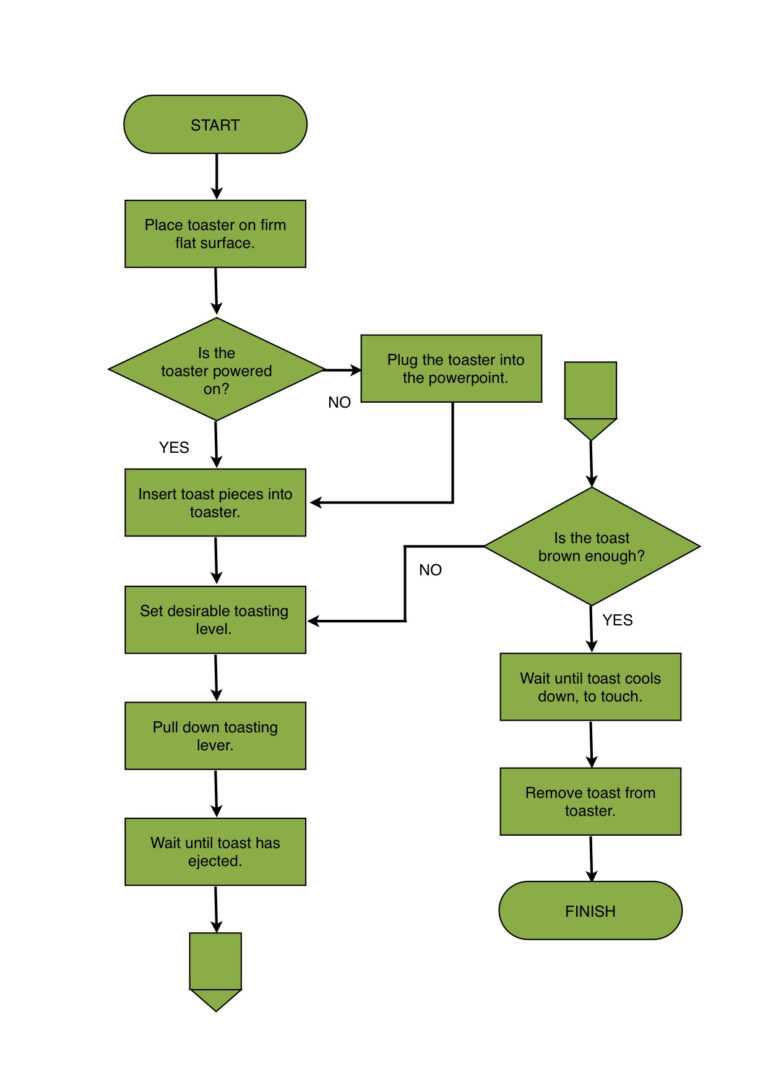

It’s most effective for depicting a process, data flow, workflow, or decision steps.
FLOWCHART TEMPLATES FOR MICROSOFT WORD SERIES
You can make your own flowchart in MS Word, or you can use a Word template with a flowchart built in to save time.Ī flowchart is a graphical representation of a series of steps or actions. You can make the flowchart right inside Microsoft Word, no programming or design skills required.
FLOWCHART TEMPLATES FOR MICROSOFT WORD HOW TO
And if you know how to make a flowchart in Word, you don’t need a different diagram-creation tool. Vertical and horizontal flow charts describe the arrangement of the flow chart.A diagram is worth a thousand words, especially if you’re trying to explain a process. Swim lane, workflow, decision, and Yes/No flowcharts are some other types of commonly used flowcharts. BPMN depicts the mechanisms of a planned business process and delegates clear responsibilities to each department. Business Process Model and Notation (BPMN) solves the interoperability problems in a business.System flowcharts illustrate data flow in a system from input to output with connectors that join the system responses and results at each effective execution.A panoramic flow chart provides a complete view of the process using vertical and horizontal flow charts.The management cadre can evaluate and reexamine internal control systems from the date this chart presents. Document flow charts provide a succinct view of processes in each department.There are different types of Flow Charts, from rudimentary to advanced flow charts. However, when creating a landscape flow chart, use PowerPoint for a more significant visual effect. Tip: When creating top to bottom flowcharts, use Microsoft Word. You fill in the information, counter check, save and print.

When using an online template, the process is somewhat similar save for drawing.

Reexamining your flow chart after an impactful process aids, you ameliorate shortcomings and give project participants the right nudge towards the objective you want to achieve. You can effortlessly evaluate your process and determine your progress with a flowchart. It may shed further light on a similar situation in the future. Companies that work in unison with minute unit integration post far better results than a company in disarray, albeit with the same goal.Įven after a flowchart outlives its usefulness, you can file it for future references. Participants have an easier time knowing when and how to do what.ĭelegation of tasks aids organization members in synergizing their efforts to achieve a particular milestone before proceeding to the next. The concise sequence of events dictates the skills, time, and methodology required to carry the project to completion. Large organizations tend to use flowcharts when implementing a time-specific project. Flow charts have many customizable use cases depending on the field you intend to use them in however, they have equal importance.


 0 kommentar(er)
0 kommentar(er)
